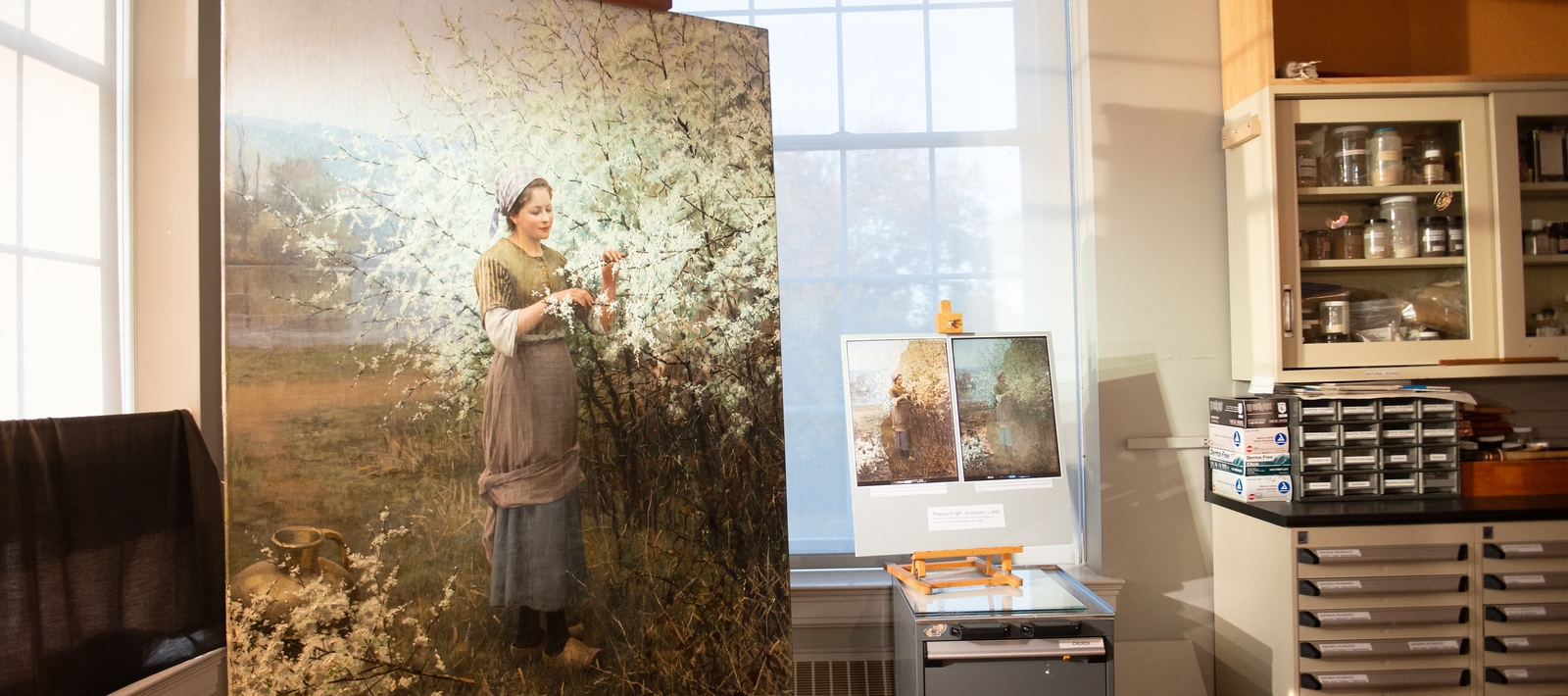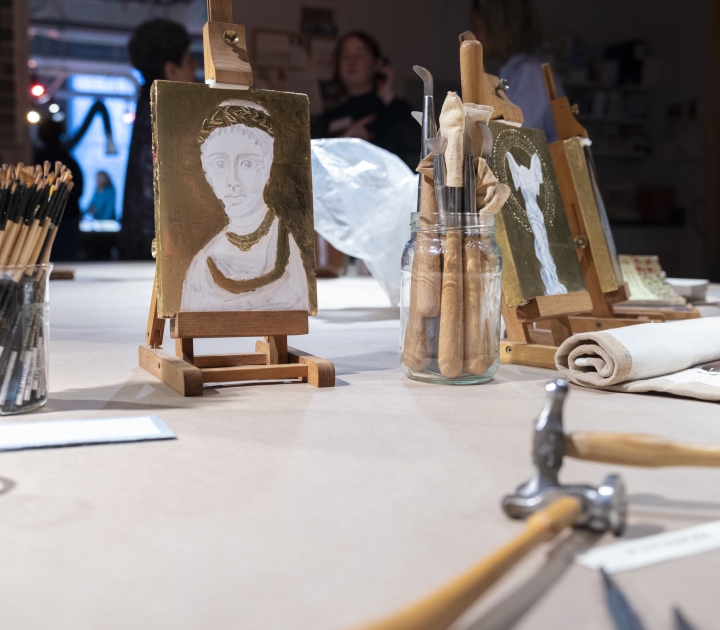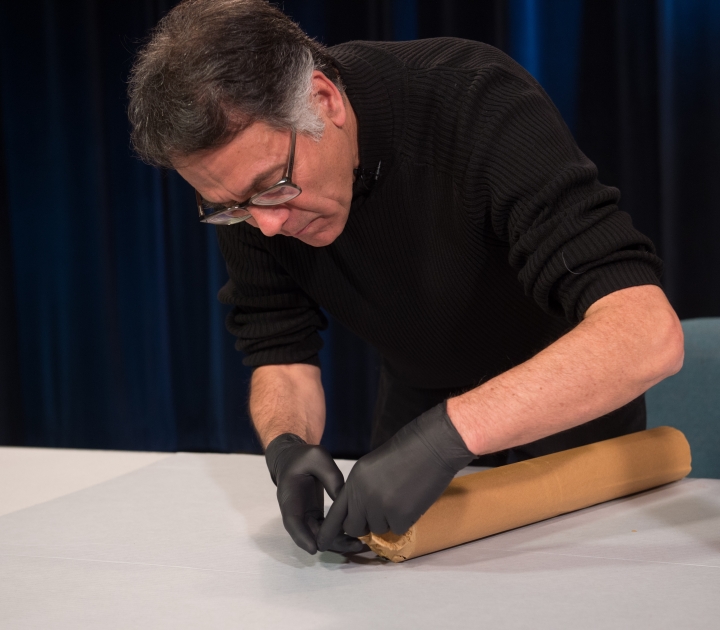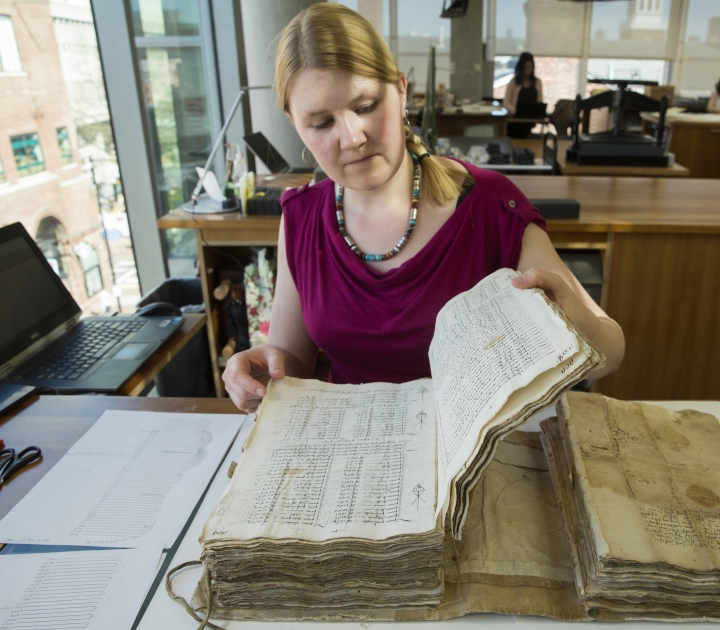
Founded in 1970, Buffalo State’s Patricia H. and Richard E. Garman Art Conservation Department is one of the leading programs of its kind in North America.
This competitive three-year graduate program educates conservators of art and cultural heritage.
Graduates can be found in the conservation labs and studios of major institutions across the United States, including the National Gallery of Art, the Library of Congress, the Museum of Modern Art, and the Metropolitan Museum of Art in New York.
Conservation of Art and Cultural Heritage and Conservation Science and Imaging (M.A. and M.S.)
Degree Information
Nearly all of the program's graduates are active conservation professionals. Our alumni hold significant positions in major museums and institutions in North America and abroad, or have successful private practices.
Many alumni have become prominent figures in art conservation and play important roles in the advancement of the field.
The department partners with area institutions, which provide a wealth of fine art, ethnographic objects, and archaeological materials for student projects.
Students have the opportunity to treat the world-class collections from the Albright-Knox Art Gallery, Buffalo History Museum, and the Burchfield Penney Art Center.
Hands-On Experience
The third year of the program consists of a 12-month internship spent at a museum, library, archives, or other cultural heritage institution.
Recent third-year internship placements have been at the Metropolitan Museum of Art, the Museum of Modern Art, the Whitney Museum of American Art and many others.
Full-Time Faculty
Faculty are devoted to enhancing students' experiences and are readily available for consultation. They are committed to providing students with one-to-one instruction and attention.
Interdisciplinary Approach
Each specialization in conservation informs the other, so concurrent classes and treatments facilitate creative problem solving.
Integrated Science Curriculum
Graduates understand the use of various scientific analyses, learn how to use instrumentation, and know how to work with conservation scientists.
Historical Technology Projects
Students gain an understanding of how works of art and artifacts were created, providing insight into their care and conservation treatment.



